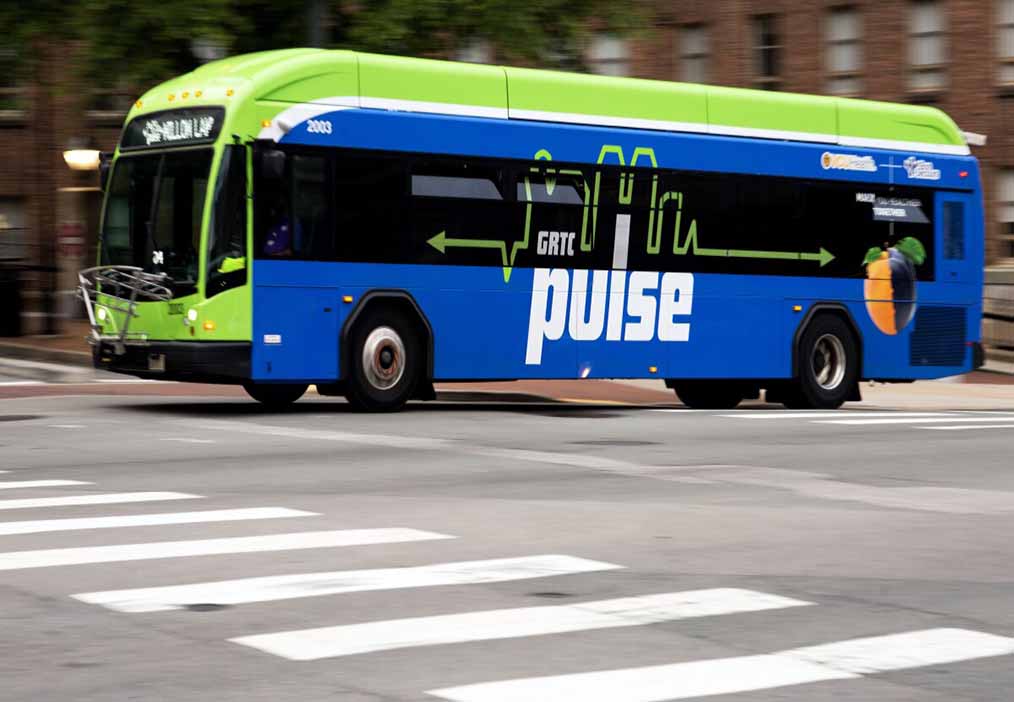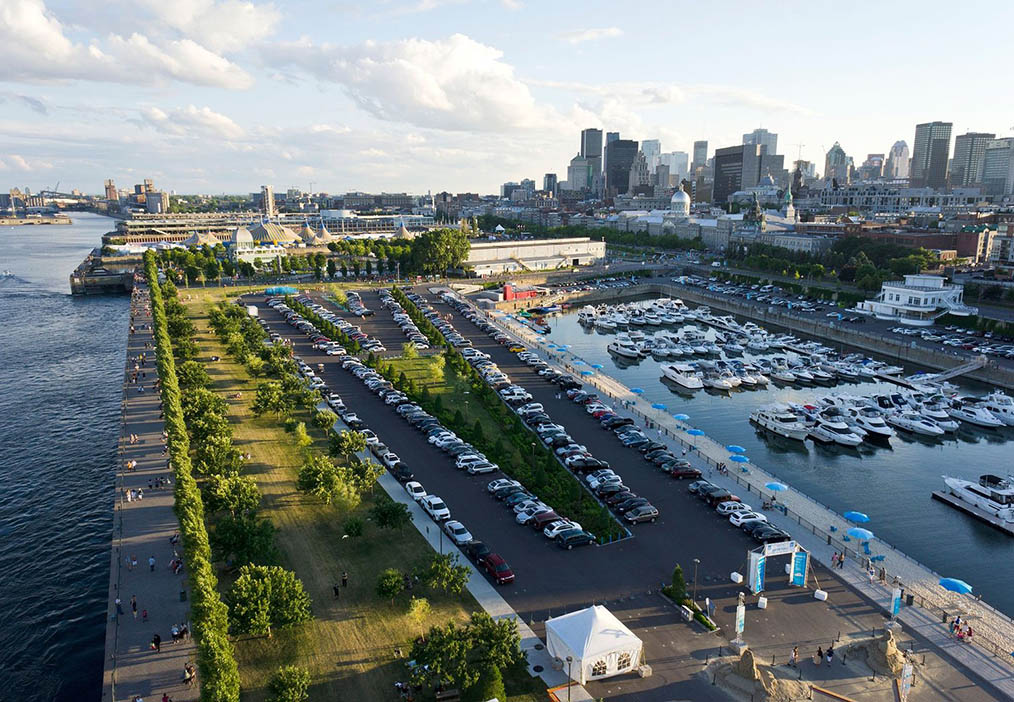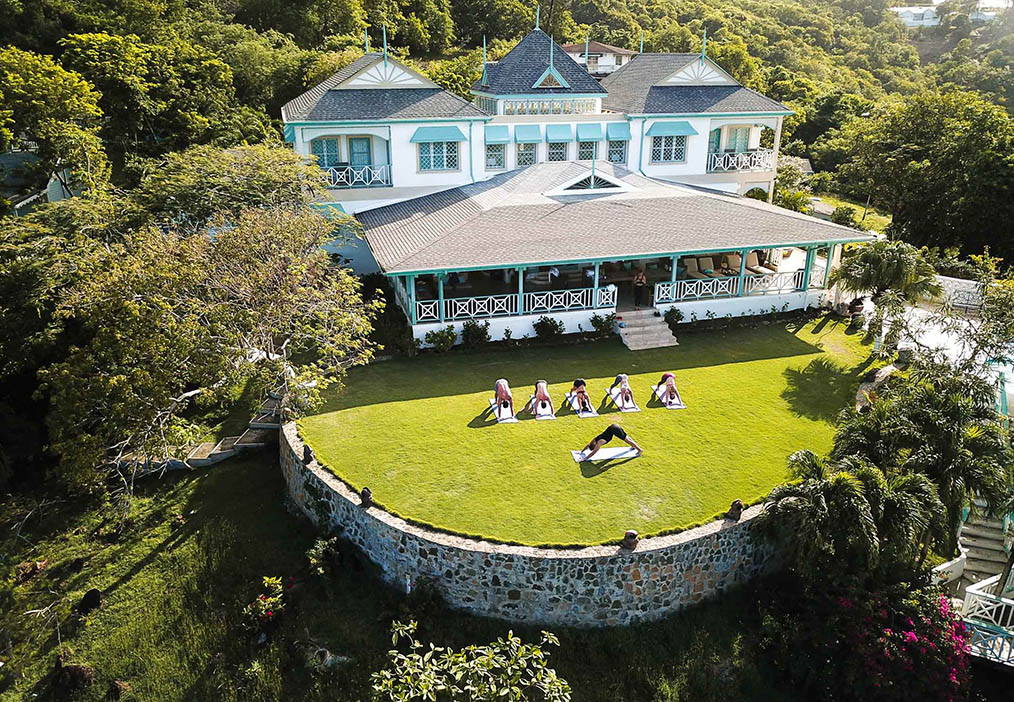Richmond, Virginia, a city that blends historical charm with a modern edge, invites visitors to explore its vibrant neighborhoods, cultural landmarks, and scenic parks. But how do you get around in this Southern gem without feeling overwhelmed? From the reliable bus network to the eco-friendly bike-sharing program, Richmond offers a variety of transportation options to suit every traveler’s needs. Whether you’re a first-time visitor or a seasoned local, this guide will provide all the tips and tricks to make getting around the city seamless and enjoyable.
1. GRTC Pulse: Richmond’s Rapid Transit Bus Line
What Is the GRTC Pulse?
The Greater Richmond Transit Company (GRTC) Pulse is the backbone of Richmond’s public transportation. This Bus Rapid Transit (BRT) line connects the city’s east and west ends, running along the bustling Broad Street corridor. Think of it as the metro system Richmond doesn’t have—fast, efficient, and reliable.
Features and Highlights
The Pulse buses are sleek and modern, equipped with Wi-Fi, climate control, and ample seating. The stations are well-marked with digital displays showing real-time arrival information. The 7.6-mile route connects major landmarks, including Rocketts Landing, VCU Medical Center, and Willow Lawn, making it an excellent choice for tourists and commuters alike.
- Schedule: The Pulse operates from 5:30 AM to 1:00 AM on weekdays, with slightly reduced hours on weekends. Buses arrive every 10–15 minutes during peak times.
- Cost: A single ride costs $1.50, but daily ($3.50) and weekly passes ($17.50) offer better value for those planning multiple trips.
- Tickets: Purchase tickets via the GRTC mobile app or at station kiosks.
Travel Tips
- Plan Ahead: Use the GRTC Trip Planner to map out your journey and avoid delays.
- Accessibility: The Pulse is wheelchair accessible, and most stops are equipped with ramps and seating.
- Stay Alert: While the Pulse is generally safe, keep your belongings secure and avoid late-night travel if you’re unfamiliar with the area.
2. Local Bus Services: Affordable and Convenient
Exploring Richmond by Bus
Beyond the Pulse, GRTC operates an extensive network of bus routes that cover the greater Richmond area. These buses are ideal for reaching places not served by the Pulse, such as the Lewis Ginter Botanical Garden or neighborhoods like Church Hill.
What to Expect
Richmond’s buses are clean and relatively punctual, though they can get crowded during peak hours. Each bus is equipped with bike racks, making it easy to combine cycling and public transport. The routes are well-marked, but it’s a good idea to have a map or app handy.
- Schedule: Most buses run from early morning until late evening, though some routes have limited service on weekends.
- Cost: Similar to the Pulse, single rides cost $1.50. Consider a monthly pass ($60) if you’re staying longer.
- Tickets: Purchase fares on the GRTC app, at select retail locations, or with exact cash on board.
Recommended Routes for Tourists
- Route 20: Perfect for history buffs, this route passes through Monument Avenue and stops near the Virginia Museum of Fine Arts.
- Route 37: A great option for foodies, this route takes you to Scott’s Addition, home to breweries and trendy eateries.
- Route 5: Connects downtown Richmond to Carytown, a lively shopping and dining district.
Travel Tips
- Timing Is Key: Check schedules ahead of time to avoid long waits.
- Stay Flexible: Buses can be delayed due to traffic, especially during rush hour.
- Carry Change: Exact fare is required if purchasing a ticket on board.
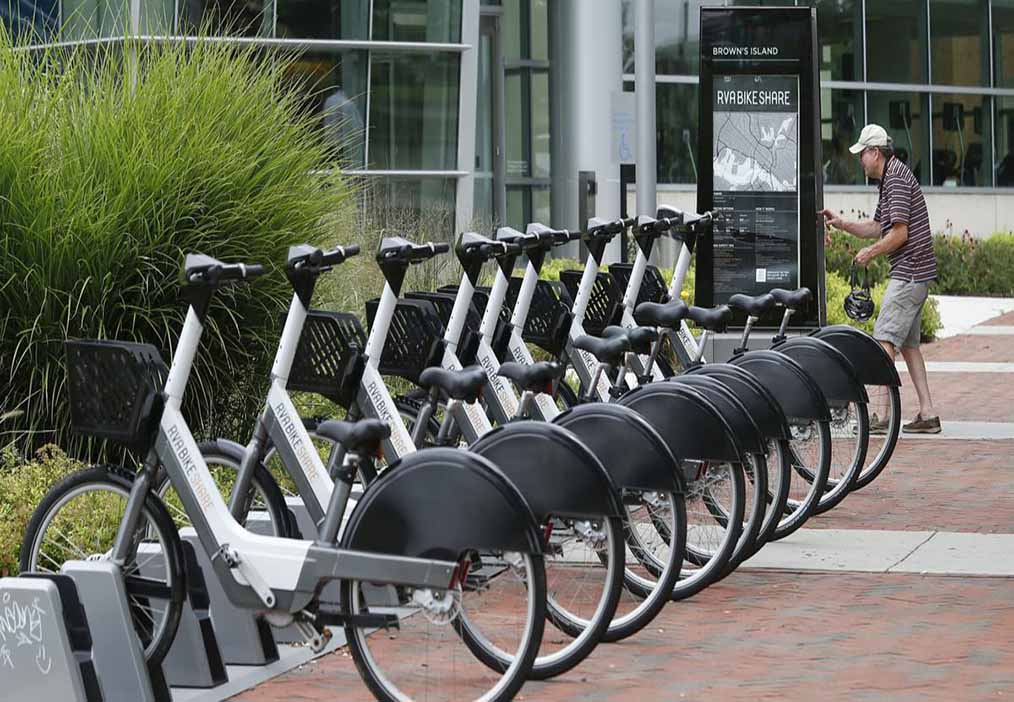
3. RVA Bike Share: Cycling the Capital City
Why Choose RVA Bike Share?
For those who prefer a greener, more active way to explore Richmond, RVA Bike Share offers a fantastic solution. This public bike-sharing system features stations across the city, allowing you to rent a bike for short trips or leisurely rides.
How It Works
The process is straightforward:
- Download the RVA Bike Share app.
- Locate the nearest bike station.
- Unlock a bike using the app or a PIN code.
- Return the bike to any station when you’re done.
With both pedal-powered and e-bikes available, RVA Bike Share caters to riders of all skill levels.
Costs and Membership Options
- Pay-As-You-Go: $1.75 per 30 minutes.
- Monthly Pass: $15 for unlimited 45-minute rides.
- Annual Membership: $96 for frequent riders.
Best Routes for Exploring Richmond
- Canal Walk: A picturesque ride along the James River, dotted with historical markers and public art.
- Virginia Capital Trail: A longer route connecting Richmond to Jamestown, perfect for adventurous cyclists.
- Belle Isle: Cross the pedestrian suspension bridge to this urban island for trails and scenic river views.
Travel Tips
- Safety First: Always wear a helmet and follow traffic laws.
- Watch the Weather: Summers in Richmond can be sweltering, so plan morning or evening rides.
- Charge Ahead: If using an e-bike, check the battery level before starting your journey.
Choosing the Best Option for You
When to Choose the Pulse
If you’re staying in central Richmond and plan to visit major attractions along Broad Street, the Pulse is the fastest and most efficient option. Its regular schedule and easy ticketing make it a stress-free choice for first-time visitors.
When to Take a Local Bus
For destinations off the Pulse route, such as the Virginia Holocaust Museum or Lewis Ginter Botanical Garden, Richmond’s buses provide affordable and extensive coverage. This option is best for those with flexible itineraries and a bit more patience.
When to Ride a Bike
Cycling is perfect for exploring Richmond’s parks, trails, and neighborhoods at your own pace. RVA Bike Share offers flexibility and an eco-friendly way to see the city, but it’s not ideal for long distances or inclement weather.
Additional Tips for Getting Around Richmond
1. Use Mobile Apps
Download apps like Google Maps, the GRTC app, and RVA Bike Share to simplify navigation.
2. Stay Hydrated
Richmond’s summers can be hot and humid, so always carry water if you’re walking or cycling.
3. Consider Ridesharing
Apps like Uber and Lyft are widely available in Richmond and can be useful for late-night trips or destinations not served by public transit.
4. Combine Modes of Transport
Mix and match the Pulse, buses, and bikes for maximum flexibility. For example, take the Pulse to Carytown, then rent a bike to explore the area.
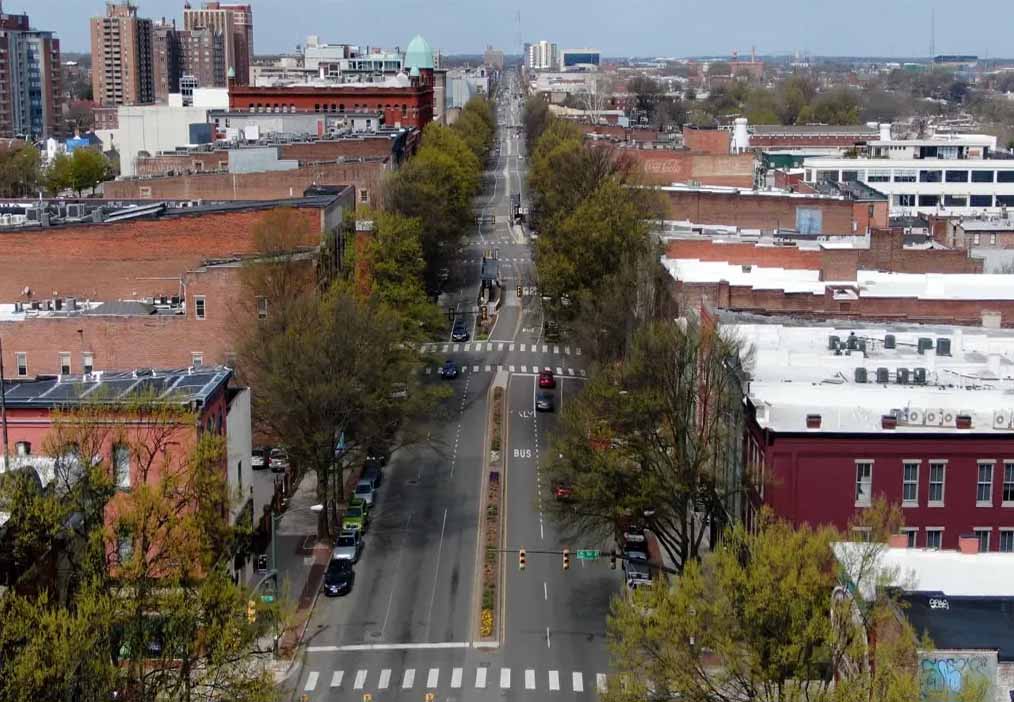
5. Avoid Rush Hour
Traffic can be heavy during peak hours, affecting bus schedules and cycling routes. Plan your travels during quieter times for a smoother experience.
Richmond’s diverse transportation options make it easy to navigate this historic city without a car. From the efficient GRTC Pulse to the eco-friendly RVA Bike Share, there’s something to suit every traveler’s preferences and budget. By planning ahead and following these tips, you’ll be able to explore Richmond’s rich culture, scenic beauty, and Southern hospitality with ease.
